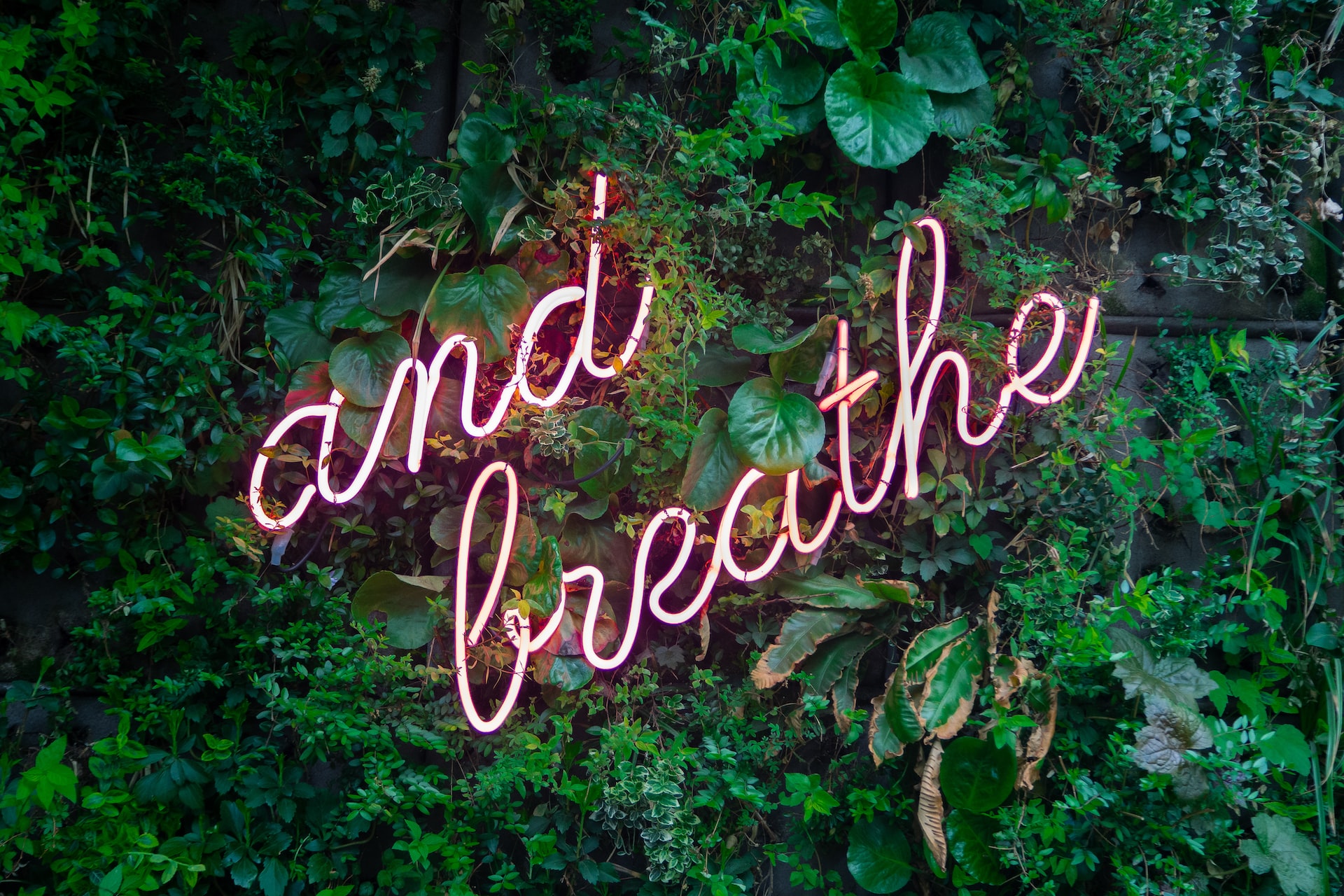
 Breathing is something that we all do, all of the time – yet we are often not aware of how our breath actually feels in our bodies and how it may be affecting us. Having breath awareness allows us to insert a moment of pause in our day, release tension and feel more at ease in our bodies and mind. This changes the way we meet our stress. When we feel more at ease, it ups the odds that we will respond to ourselves and others with more care and kindness. So, in a very real way, the time we spend noticing our breath helps makes the planet a more peaceful place.
Breathing is something that we all do, all of the time – yet we are often not aware of how our breath actually feels in our bodies and how it may be affecting us. Having breath awareness allows us to insert a moment of pause in our day, release tension and feel more at ease in our bodies and mind. This changes the way we meet our stress. When we feel more at ease, it ups the odds that we will respond to ourselves and others with more care and kindness. So, in a very real way, the time we spend noticing our breath helps makes the planet a more peaceful place.
Is your breath deep or shallow?
Take a moment right now to notice your breath without changing the way you breathe. Just become aware of your inhale and exhale and where you feel it most prominently in your body. Notice if it is deep or shallow, smooth or choppy.
Most people’s breathing patterns tend to be tense, shallow and erratic. When we are afraid, in pain or stressed we often unconsciously hold our breath, take small sips of air and breathe into the upper chest. This way of breathing activates the sympathetic nervous system, the “flight or fight” response.
When we learn how to foster a deeper inhale and long smooth exhale, we activate the parasympathetic nervous system, supporting the “relax, rest and digest” response, helping reduce stress and the effects it has on your body and mind. Through the practice of focused breath work, you can reduce mental noise, agitation and anxiety.
Focusing on the breath is a gentle discipline that can be used any time to transform not only your breath patterns but also your state of mind. When we attend to our breath, it brings us into the present moment, increases our self-awareness, brings a sense of calm and helps develop mindfulness.
In my work as a massage therapist and yoga instructor, I treat people struggling with a variety of issues including anxiety, sleep disturbances, chronic pain and stress. I’ve seen simple breathing practices reduce stress and anxiety, promote more restful sleep, increase attention and help connect to a calm and quiet place within.
Try these two simple breathing practices to reduce stress and quiet your mind.
Basic Breath Awareness:
Lie comfortably on your back with your knees bent and your feet flat on the floor about hip-distance apart. Place a palm on your abdomen and breathe comfortably for a few moments, noticing the quality of your breath. Does the breath feel tense? strained? uneven? shallow? Simply observe the breath without any judgment. Then gradually begin to make your breathing as relaxed and smooth as possible, introducing a slight pause after each in-breath and after each out-breath. Pay a lot of attention to your breath. Once the breath feels relaxed and comfortable, notice the movement of the body. As you inhale, the lower abdomen naturally expands; as you exhale, feel the slight contraction of the abdomen. In a gentle way, try to actively expand the abdomen on the inhale and contract the abdomen on the exhale to support and deepen the natural movement of the diaphragm and experience the pleasure of giving yourself a full, relaxed breath. Continue the practice for six to twelve more breath cycles.
The Long Exhale:
You can do this sitting or standing, anytime you’re feeling stressed, scattered or overwhelmed. Begin by softening your shoulders and relax your jaw.
Breath in through your nostrils and slowly count to three. Keep your shoulders down and relaxed and allow your abdomen to expand as you draw your breath in. Take a pause at the top of your inhalation. Now release your breath very slowly and fully as you count to six. Repeat for six to twelve breath cycles.
You’ll have noticed that you are taking longer to breathe out than you are to breathe in. This is common in breathing exercises for relaxation as you send a direct message to your mind and nervous system to relax when you lengthen your exhale. The pause between your incoming and outgoing breath gives you a moment of stillness, when everything is suspended. Focus on that moment of stillness and see what you experience. Try to keep that stillness and internal focus as you move back into your day.

